How To Clean an Old Porcelain Enamel Bathtub or Sink

by
Joseph M. Hayes
(IC: homeowner)
Kirsten's Bluebird of Happiness House Tour
(Image credit: Ashley Poskin)
(Image credit: Ashley Poskin)
Kirsten's Bluebird of Happiness House Tour
For gentle weekly cleaning, mix 1 gallon of hot water with 2 tablespoons of dishwashing soap containing a grease cutting agent. Use a soft rag or sponge to dip into the soap mixture and scrub the tub or sink. Rinse well.
For monthly or deep cleaning (when moving into a new home or cleaning up a newly purchased vintage tub or sink), pour warm water into a bucket and add 1/4 cup of baking soda and 1/4 cup of ammonia. While baking soda is slightly abrasive, it's mild and generally safe to use on porcelain. The ammonia is great for cutting grease and removing soap scum buildup.
(Image credit: Ashley Poskin)
To add shine and a protective coating, squeeze a small amount of lemon oil onto a clean rag and rub the lemon oil into the sides of the porcelain bathtub or sink, avoiding the bottom of the tub to prevent slipping. The lemon oil will help repel soap scum and other dirt to keep the sink/tub clean longer, and it smells good, too!
Enjoyed the project?
Published January 13th, 2017 11:40 PM
Comments
Join the conversation
3 comments
-
Thank you for this post! I use Meyer's on everything. They have great products. I'll try some of your suggestions.
 David B
on Jan 14, 2017
David B
on Jan 14, 2017
-
-



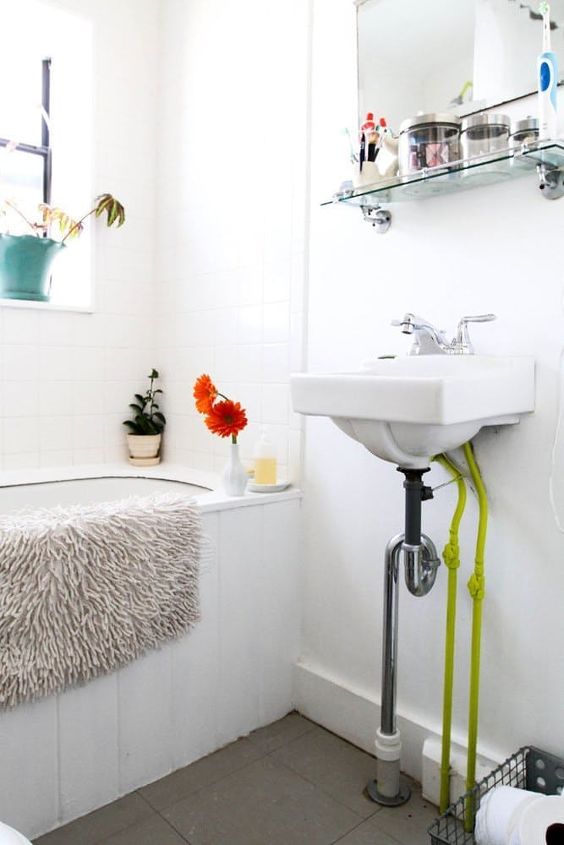





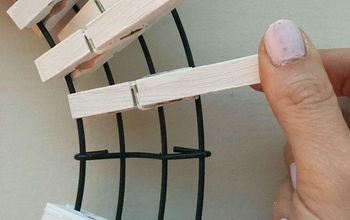



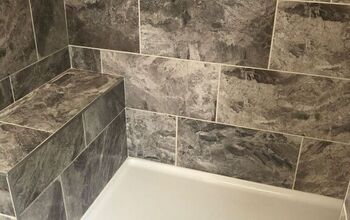


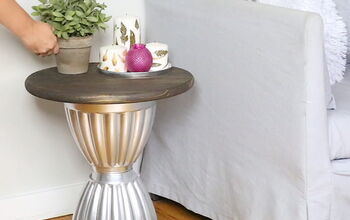
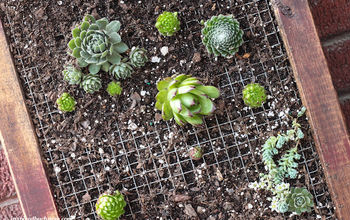
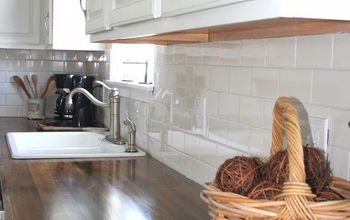
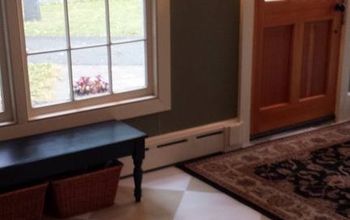



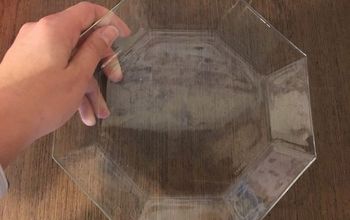
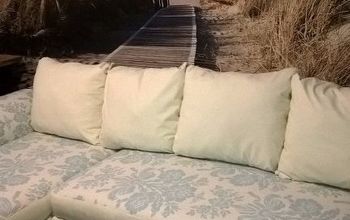
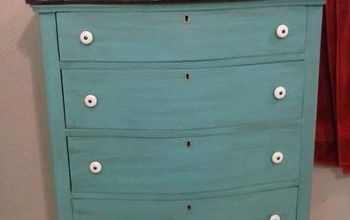
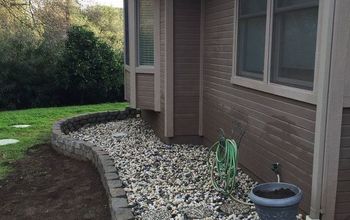


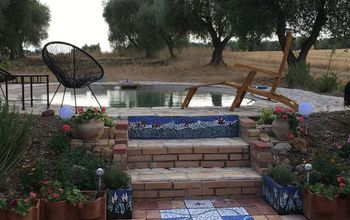

Frequently asked questions
Have a question about this project?